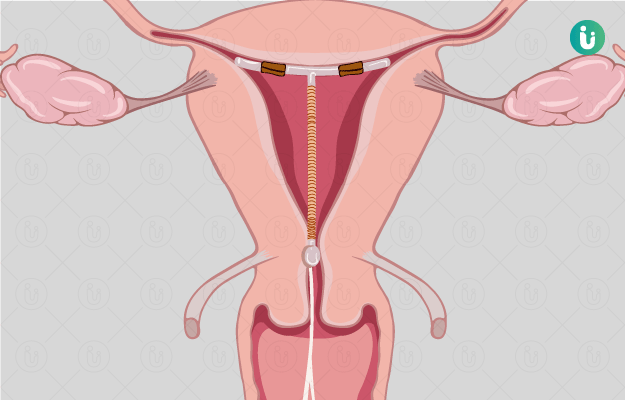Infertility is an unfortunate medical issue that plagues many couples across the world. This makes it very difficult for them to have children, and they face an agony that only other parents or couples in the same situation can fully understand. However, with the development of in vitro fertilisation (IVF) - a type of assisted reproductive technology (ART) - in the late 1970s, many couples have been able to have a baby.
To put it simply, IVF is a method in which an egg from the woman is fertilised with sperm from the man in a petri dish. Once the egg is fertilised and an embryo is formed, it’s put back in the woman’s uterus for implantation and growth until maturity. Despite the fact that fertilisation is done on a petri dish, the baby born using this method is referred to as a test-tube baby.
According to the Indian Council of Medical Research (ICMR), about 10-15% of the Indian population is infertile, and 8% of those need serious medical intervention through ART treatments like IVF to be able to reproduce at all. However, IVF is a very advanced type of treatment. It’s a rather expensive procedure, which also requires huge technical expertise and equipment that not every clinic can afford. Additionally, ICMR data show that IVF is successful only 30% of the time, under the best circumstances.
Hence, getting an IVF treatment done in India is not as easy and affordable, and a lot of thought should go into it. Most countries also have a strict set of guidelines about who can get an IVF treatment done at all. Unlike countries like the US, UK and Australia, there is currently no cap on the age limit to get IVF done in India. This is deemed controversial and dangerous by institutions like the ICMR because there have been instances where women older than 70 years have also delivered babies via IVF. The Assisted Reproductive Technology (Amendment) Bill of 2019 proposes to cap the eligible age to get IVF at 50 years for the mom-to-be, but this Bill is yet to be passed by the Indian Parliament.















































